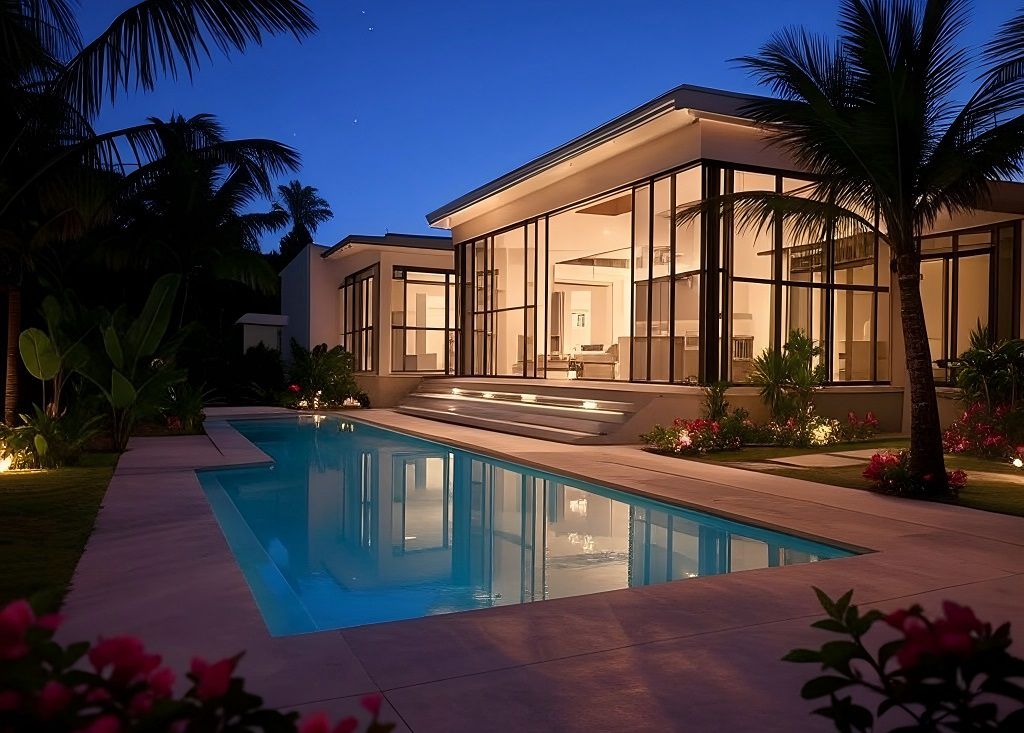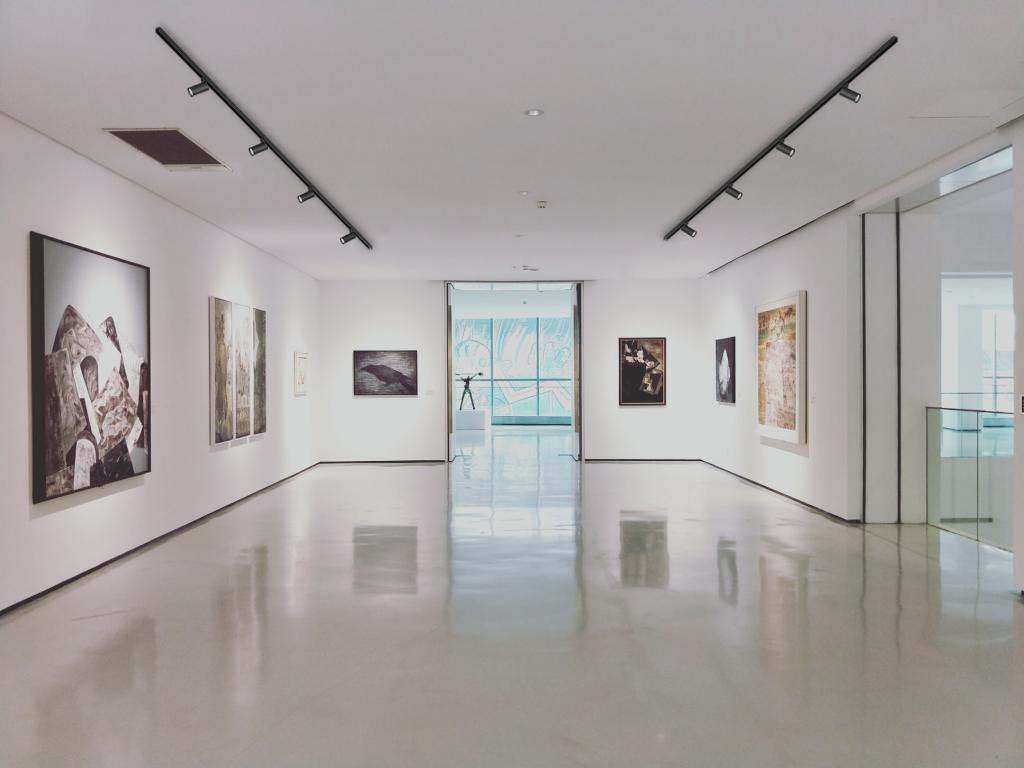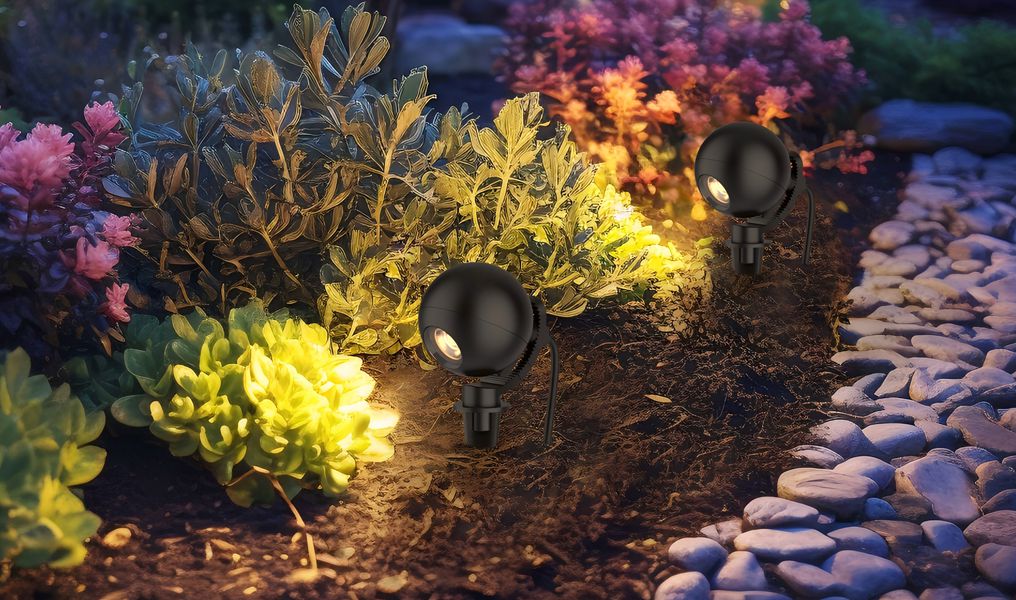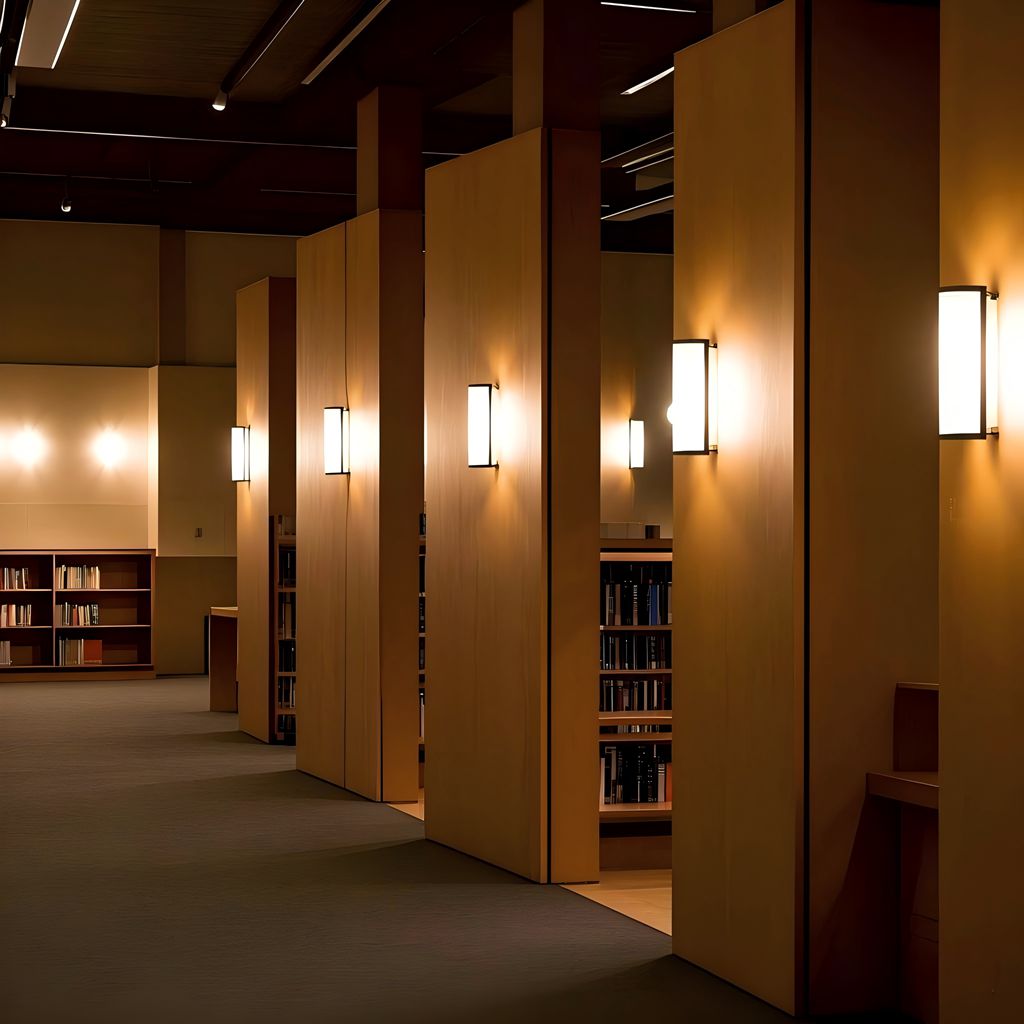You may wonder why you feel tired and sleepy when the sun goes down and the sky turns black automatically. Then feeling energy after getting up during the day after sunrise. All this is due to circadian rhythms. Circadian rhythms are the natural biological processes that regulate our sleep-wake cycle over a 24-hour period. These processes are controlled by an internal “biological clock” that is tightly regulated by light exposure, temperature, and other environmental cues. Circadian rhythms help us to stay awake during the day and sleep at night and can be disrupted by external factors such as jet lag or artificial lighting.
What Is The Color Temperature During The White Day And Night Light?
The color temperature of the white day and the night light is an important factor to consider when it comes to eye health. Normally, on a sun shining day, the daylight color temperature is about 5500k, while on a cloudy day’s color temperature is cooler around 7000k, and it's up to 7500k on a rainy day. A higher color temperature is recommended for work and other activities that require focus, while a lower color temperature is better for relaxation. The average color temperature of white daylight should be around 15-20 watts. At night, however, it’s best to use a lower color temperature in order to reduce glare and provide more tender lighting for the eyes. With the right balance between these two temperatures, people can enjoy both their work and leisure time without compromising their eye health. But the night is always the best relaxation time for humans after one day works hard, so the warmer and tender lighting of temperature color of 2000k to 3000k is best for humans to enjoy their easy time.
 By understanding the concept of circadian rhythms, and having full knowledge of how lighting can affect our body hormones, and leading to different emotional responses, UPSHIN lighting according to the circadian rhythms and sustainability lighting concept instantly to enagage in innovate new and fashion commercial light for white day and dark night.
By understanding the concept of circadian rhythms, and having full knowledge of how lighting can affect our body hormones, and leading to different emotional responses, UPSHIN lighting according to the circadian rhythms and sustainability lighting concept instantly to enagage in innovate new and fashion commercial light for white day and dark night.
UPSHINE Lamp For White Day Used
For daylight lamps. The wattage should be between 50-100 watts for optimal illumination, because higher-wattage lamps provide more intense light that can help mimic the sunlight we experience during the day, and makes us more alert and energy, as well as improve mood.
Product For White Day Use
AL99 ceiling light, 75 watts, and 100 watts.
TL115 track light,57 watts
PD26 pendant light, 54 watts 70 watts, 84 watts
UPSHINE Lamp For Night Sleep
For nighttime lighting, a lower wattage is recommended to reduce the risk of disrupting sleep, what the lamp's ideal wattage range between 5-20 watts is depending on the size of the area you are trying to light.
Product suitable for your bedroom
AL178 LED ceiling light, 6 watts, 12 watts, 18 watts, 24 watts
WL46 IF Design wall light, 10swatts
CL163 downlight, 8watts
In Addition
At night, the artificial light of 50watt--60watt is more suitable for office lighting. If not, on the base of circadian rhythms, too bright or too dim will affect the employee's working mood and lower their productivity. More working place artificIal lighting, just turn to our download page to learn more. UPSHINE sustainability product most with sensor dimming. Sensor dimming is a feature that can be used with LED lights to detect movement in an area and adjust the brightness of the LEDs accordingly. This feature is especially useful for ambient lighting, as it ensures that the lights switch off when there is no one present. It also allows you to save energy and reduce costs, by automatically dimming the lights when they are not needed. All humanization design LED products you worth it, just let your place feel easy and energetic!










